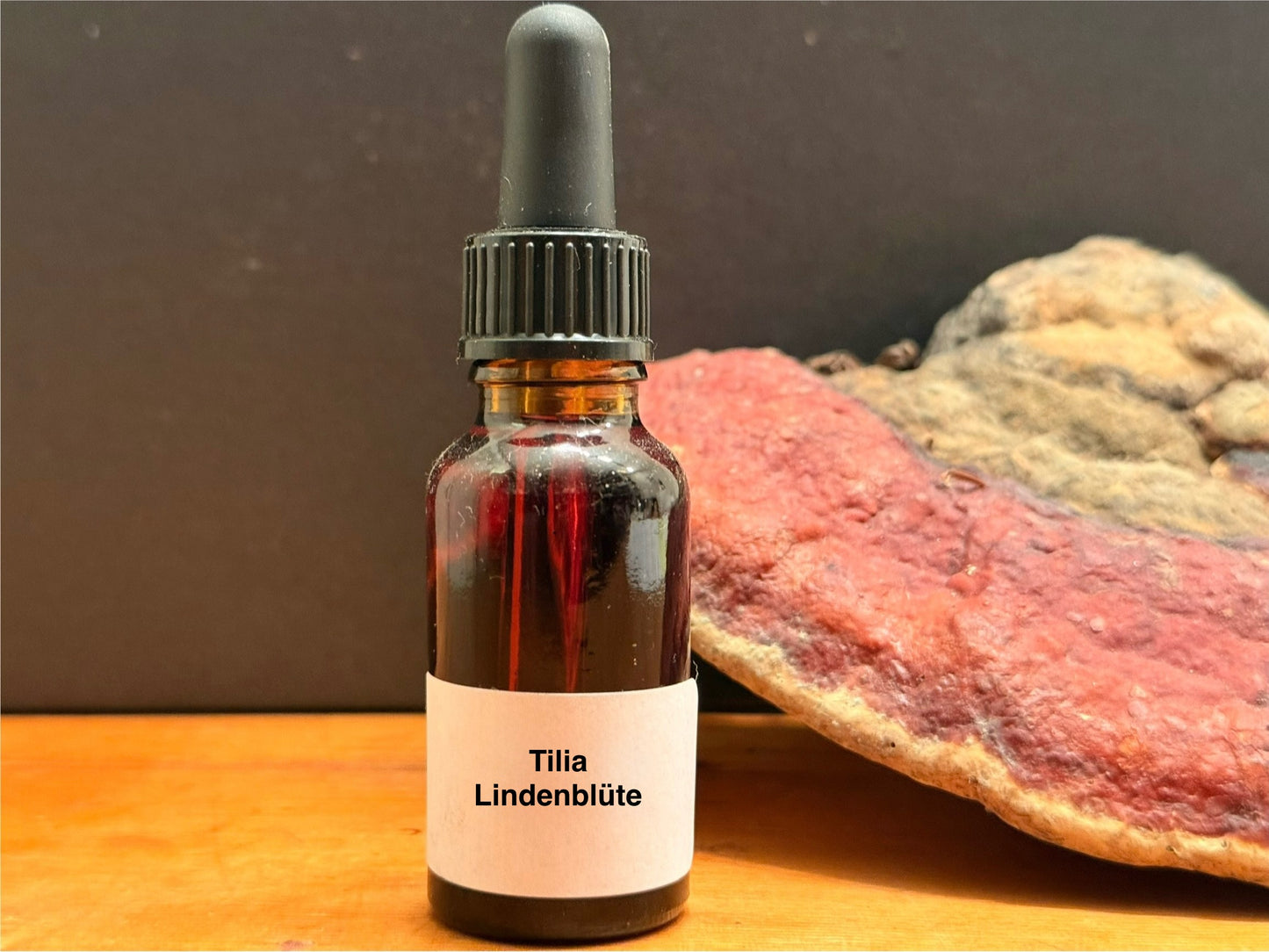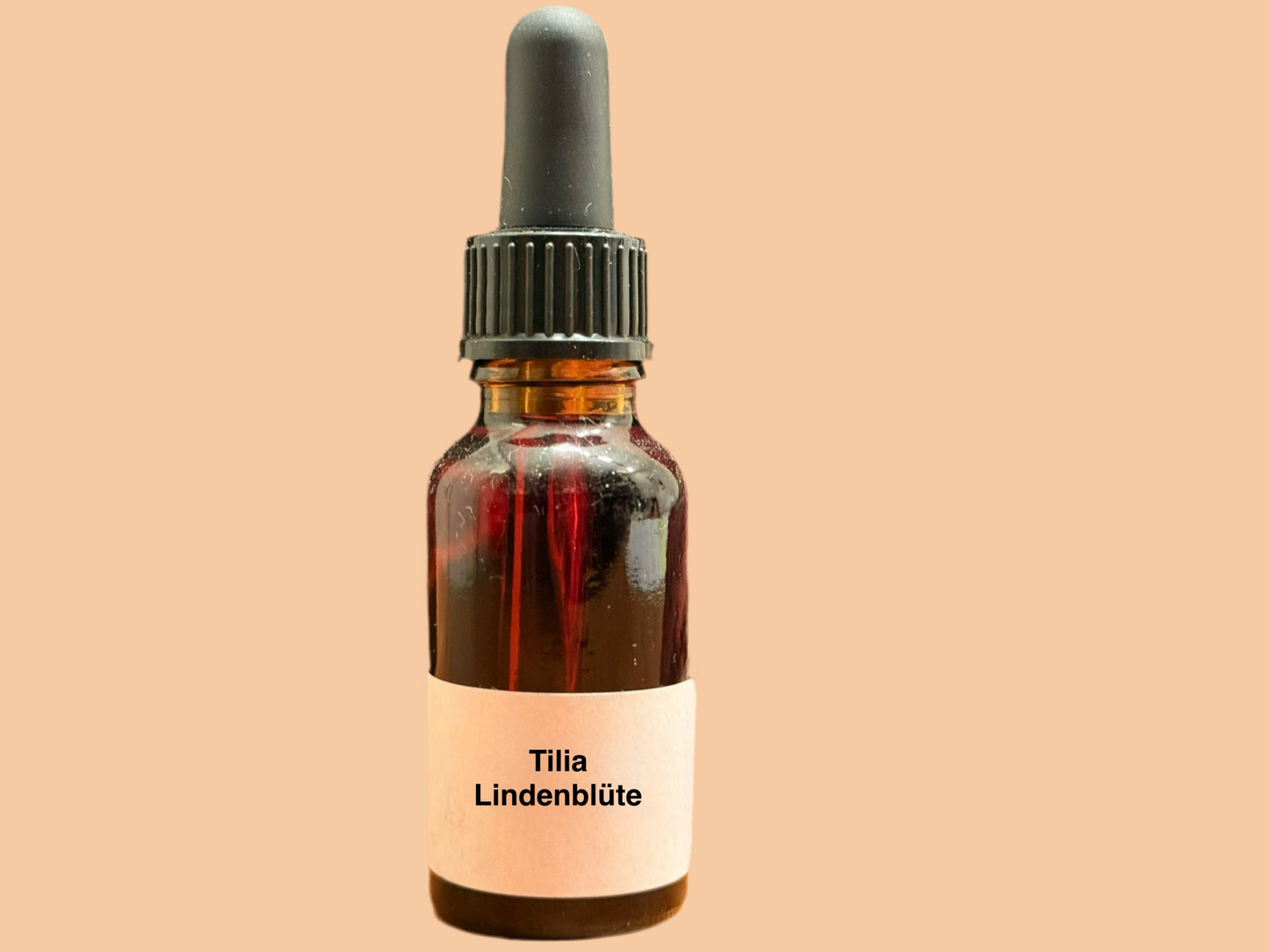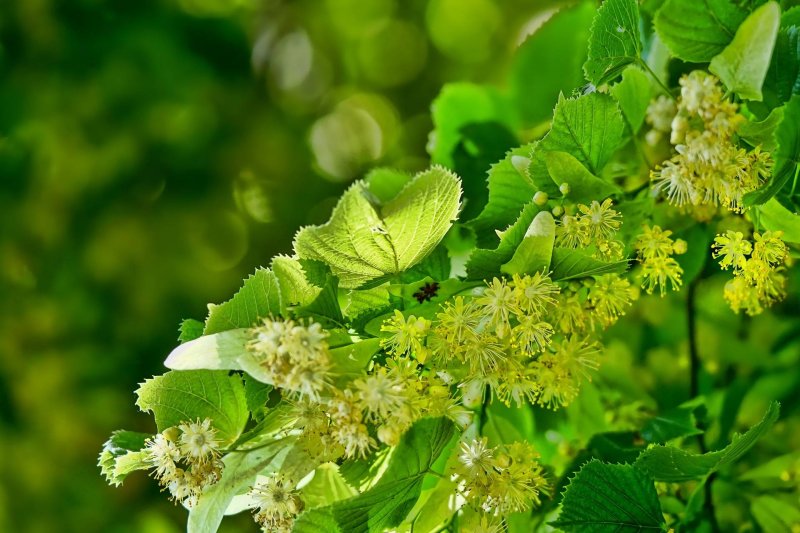Condorcito
Tilia (Lindenblüte)
Tilia (Lindenblüte)
Couldn't load pickup availability
The **Tilia** plant, commonly known as **linden** or **lime tree** (not to be confused with the citrus lime), belongs to the genus *Tilia* in the Malvaceae family. These deciduous trees are native to the Northern Hemisphere, particularly Europe, North America, and Asia. Linden trees are highly valued for their medicinal properties, fragrant flowers, and use in landscaping. Here’s an overview of the Tilia plant:
---
### **Description of Tilia**
1. **Botanical Name**: *Tilia* spp. (e.g., *Tilia cordata*, *Tilia platyphyllos*, *Tilia americana*)
2. **Common Names**: Linden, Lime tree, Basswood
3. **Appearance**:
- Tall, deciduous trees that can grow up to 20–40 meters (65–130 feet) in height.
- Heart-shaped leaves with serrated edges and a pointed tip.
- Fragrant, pale yellow flowers that bloom in late spring or early summer, arranged in clusters with a distinctive leaf-like bract.
- Small, round fruits that hang from the bracts.
---
### **Historical and Cultural Significance**
- **European Folklore**:
- Linden trees were considered sacred in many European cultures, symbolizing love, protection, and justice.
- Often planted in village centers as gathering places for community events.
- **Traditional Medicine**:
- Used for centuries in herbal medicine for its calming and healing properties.
---
### **Chemical Composition**
Linden flowers and leaves contain several bioactive compounds, including:
1. **Flavonoids**: Antioxidants that protect cells from damage and reduce inflammation.
2. **Mucilage**: A soothing, gel-like substance that helps relieve irritation.
3. **Tannins**: Contribute to its astringent properties.
4. **Essential Oils**: Provide the flowers’ pleasant fragrance and mild sedative effects.
---
### **Medicinal Uses**
Linden has been used in traditional and modern herbal medicine for a variety of purposes:
1. **Calming and Relaxation**:
- Linden tea is known for its mild sedative effects, helping to reduce anxiety, stress, and promote sleep.
2. **Respiratory Health**:
- Used to relieve coughs, colds, and sore throats due to its soothing and expectorant properties.
3. **Digestive Support**:
- Helps alleviate indigestion, bloating, and stomach cramps.
4. **Anti-inflammatory**:
- Reduces inflammation and pain, particularly in cases of headaches or joint discomfort.
5. **Sweat Induction**:
- Promotes sweating, which can help reduce fevers and detoxify the body.
---
### **Culinary Uses**
- **Tea**: Dried linden flowers are brewed into a fragrant, mildly sweet tea.
- **Honey**: Bees that pollinate linden trees produce a highly prized, aromatic honey known as linden honey.
- **Edible Flowers**: Fresh linden flowers can be used to garnish salads or desserts.
---
### **Modern Applications**
- **Herbal Supplements**: Available in teas, tinctures, and capsules for relaxation and respiratory support.
- **Aromatherapy**: Linden essential oil is used for its calming and uplifting scent.
- **Landscaping**: Linden trees are popular ornamental trees due to their attractive foliage, fragrant flowers, and shade-providing canopy.
---
### **Conclusion**
The Tilia plant, or linden tree, is a versatile and culturally significant species with a wide range of medicinal, culinary, and ornamental uses. Its fragrant flowers, soothing properties, and historical importance make it a cherished plant in both traditional and modern contexts. Whether enjoyed as a calming tea, a fragrant honey, or a shade tree, linden continues to be valued for its many benefits.
This product is Botanical demonstration material only and is not ment to be consumed in any form by humans or animals.






